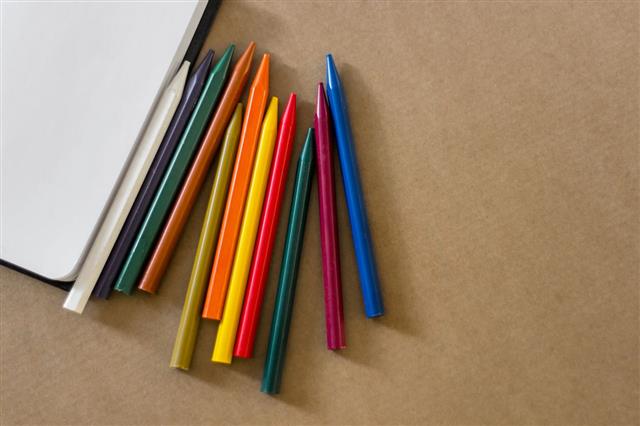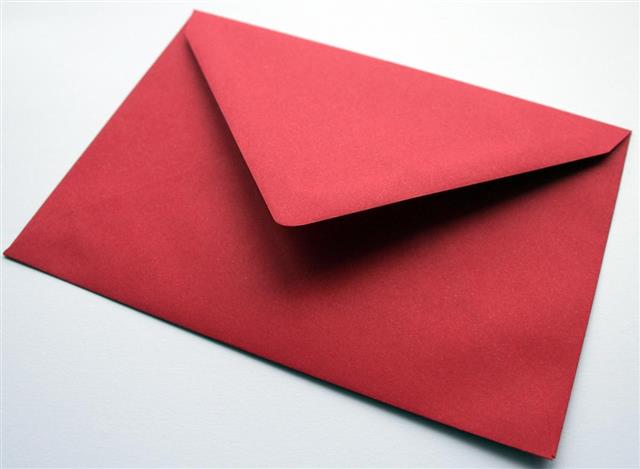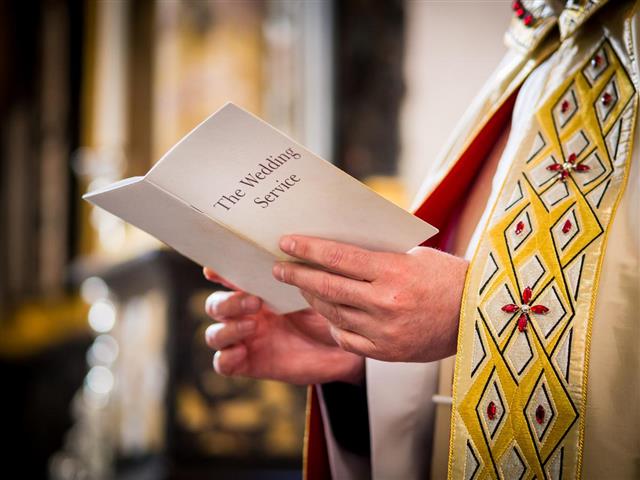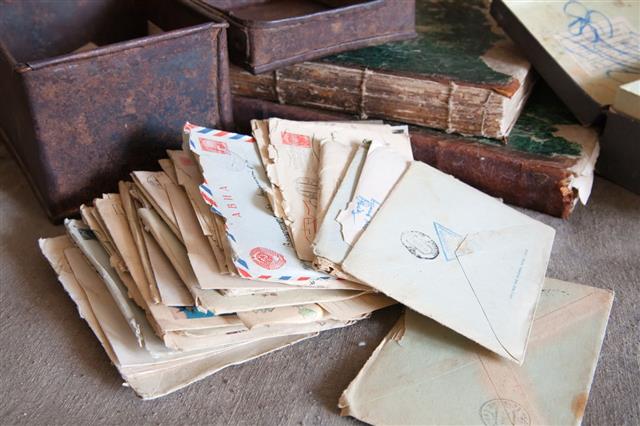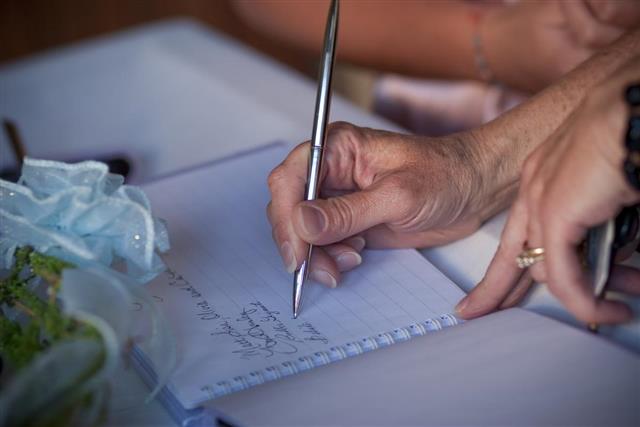
Letter greetings help in establishing the type of letter that a person is writing. Also, they represent the respect that you intend to give to your reader. Hence, it is important to know what kind of salutation would be appropriate for a particular letter.
When it comes to letter writing, be it business, social, religious, personal, or formal, most people concentrate more on the content, i.e., communicating the appropriate message to the reader. Although this is extremely important, not much thought is given to the salutation in a letter.
A letter greeting establishes the tone as well as the level of formality of the letter. This becomes more crucial when it comes to the business letter as improper salutation in the letter may lead to problems in business dealings.
Keep in mind that the salutation that you need to use in a letter, will depend on the formality of the letter as well as on your relationship with the reader. So, if you are confused as to what kind of greetings would be perfect for your letter, here are some formal as well as informal letter salutation examples for your help.
Formal/Business Letter
If you are writing a business letter, the greeting which is very commonly used is Dear. This can be followed by the name and the last name of the person. You can also use a title before the name and the last name, but it is not considered to be an obligation. There can be many variations in formal letter salutations. For instance, some of the salutations for business letters include:
► Dear Charles/Cheryl
► Dear Charles/Cheryl Bloomington
► Dear Mr. Ryan Blake
► Dear Ms. Theresa Osborne
► Dear Mr. and Mrs. Hilton
► Dear Ms. Cooper
► Dear Dr. Stevenson
► Dear Dr. and Mrs. Sharpe
Social Letter
It is a letter which does not talk about business dealings or transactions. Rather, such a letter usually has a personal or social message, and is written to congratulate someone, to say thank you or may be to convey condolences.
As one may know the individual on a personal level, the person’s first name can be mentioned in the salutation. However, if you are just acquainted with the recipient, it is preferable to mention the last name or may be an appropriate title for the person. For instance, social letter greetings can be as follows:
► Dear Celina
► Dear Sean Ripley
► Dear Emerson Family
► Dear Celina, Henry and Family
► Dear Mr./Mrs. Clarkson
► Dear Mr. James Clarkson
► Dear Ms. Juliet Clarkson
► Dear Professor Derek
► Dear Dr. Hays
► My Dear Friend Ana
► Dear Members
Letter to a Religious Dignitary
If you are drafting a letter to the Pope, Bishop, Archbishop, Priest, etc., your salutation should be worded appropriately by considering the protocol and reverence. Hence, you may use the following styles while addressing letters to them:
► Your Holiness (to His Holiness Pope _______)
► Your Excellency (to The Most Reverend Archbishop ______)
► Your Lordship (to The Right Reverend Bishop ______)
► Your Eminence (to His Eminence Cardinal _______)
► Right Reverend Monsignor
► Dear Brother ________
► Dear Sister ________
► The Reverend Mother
It is advised to stick to the formal salutations. However, if you have to write to your priest or minister and you know them personally, then you may use the following styles:
► Dear Father Sears
► Dear Father
► Dear Minister Stevenson
► Dear Minister
Letter to a Government Official
You may require to correspond with government officials to bring the attention of the administration to your community or neighborhood. These officials hold important posts in the government which have to be respected. Hence, while writing a letter to them, it is important that you mention the designation of the person in the greeting.
For instance, if you are writing a letter to the President, then you have to start the letter with the greeting, Dear Mr. President or Dear Sir. On the other hand, if you have to write a letter to the Speaker of the House, the greeting should be Dear Mr. Speaker (last name). This format also applies to other officials. Some examples are given below:
► Dear Mr./Madam Chief Justice Powell
► Dear Mr./Madam Attorney General Banks
► Dear Senator Howard
► Dear Governor Baker
► Dear Mr./Madam Ambassador Taylor
Letter to an Unknown Identity
Many people find themselves in a fix, when they do not know the name of the recipient. In such cases, it is best to begin the letter with the salutation, Dear Sir or Madam. Apart from this, it is also fine to start with To Whomsoever It May Concern. Many times, you may not know the gender of the person to whom you are sending a letter. In such a case, rather than making a mistake, it would be better to omit the title (Mr. or Ms.), and just mention the name as well as the last name of the recipient. Also, though usually women who are unmarried are addressed as Miss and those who are married as Mrs., if you do not know whether the lady is married or unmarried, you should use Ms. to address her. The following styles can be used to write salutations when the identity of the person is unclear:
► Dear Sir
► Dear Madam
► Dear Sir or Madam
► Dear Sirs
► Dear Jesse Conrad
► Dear Ms. Clair Tyson
► To Whomsoever It May Concern
► To Whom It May Concern
► Dear Human Resources Manager
Informal Letter
The most easiest type of letters are informal letters. You can directly write dear followed by the name of the person. The following styles can be used to write an informal letter salutation:
► Dear Sharon
► Dear Tony
► Dear Dad
► Dear Mom
Complimentary Close

Just like the salutations, the endings of the letters would also depend on the formality of the letter. For complimentary close of a letter written to a religious dignitary, you will have to follow the respectful greetings as practiced by your community. Here are some letter closings that you can use while ending formal or informal letters.
► Yours Sincerely
► Most Respectfully
► Faithfully Yours
► Very Truly Yours
► Sincerely
► Respectfully Yours
► Yours Truly
► Warmest Regards
► With Appreciation
► Regards
► Best Regards
► Truly
► Thank You
► Best Wishes
Please note that the opening greetings must be suffixed with a colon or a comma. The closing salutations should be followed by a comma with your signature and name written below it. It is important to choose an appropriate greeting to make the right impression on the recipient. So, before you start writing a letter, go through these lists and pick up a greeting as well as closing which suits the type of letter that you have to write.
It is important to choose an appropriate greeting to make the right impression on the recipient. So, before you start writing a letter, go through these lists and pick up a greeting as well as closing which suits the type of letter that you have to write.
